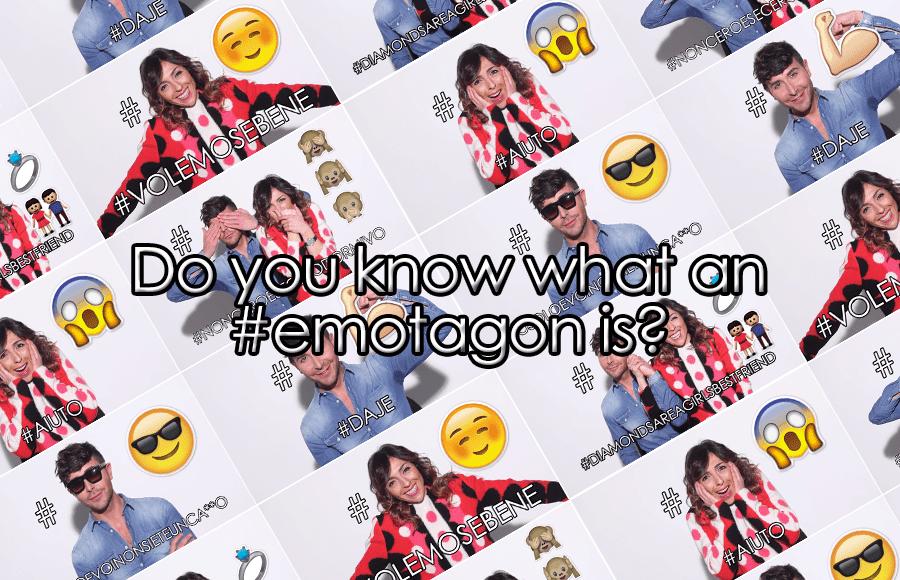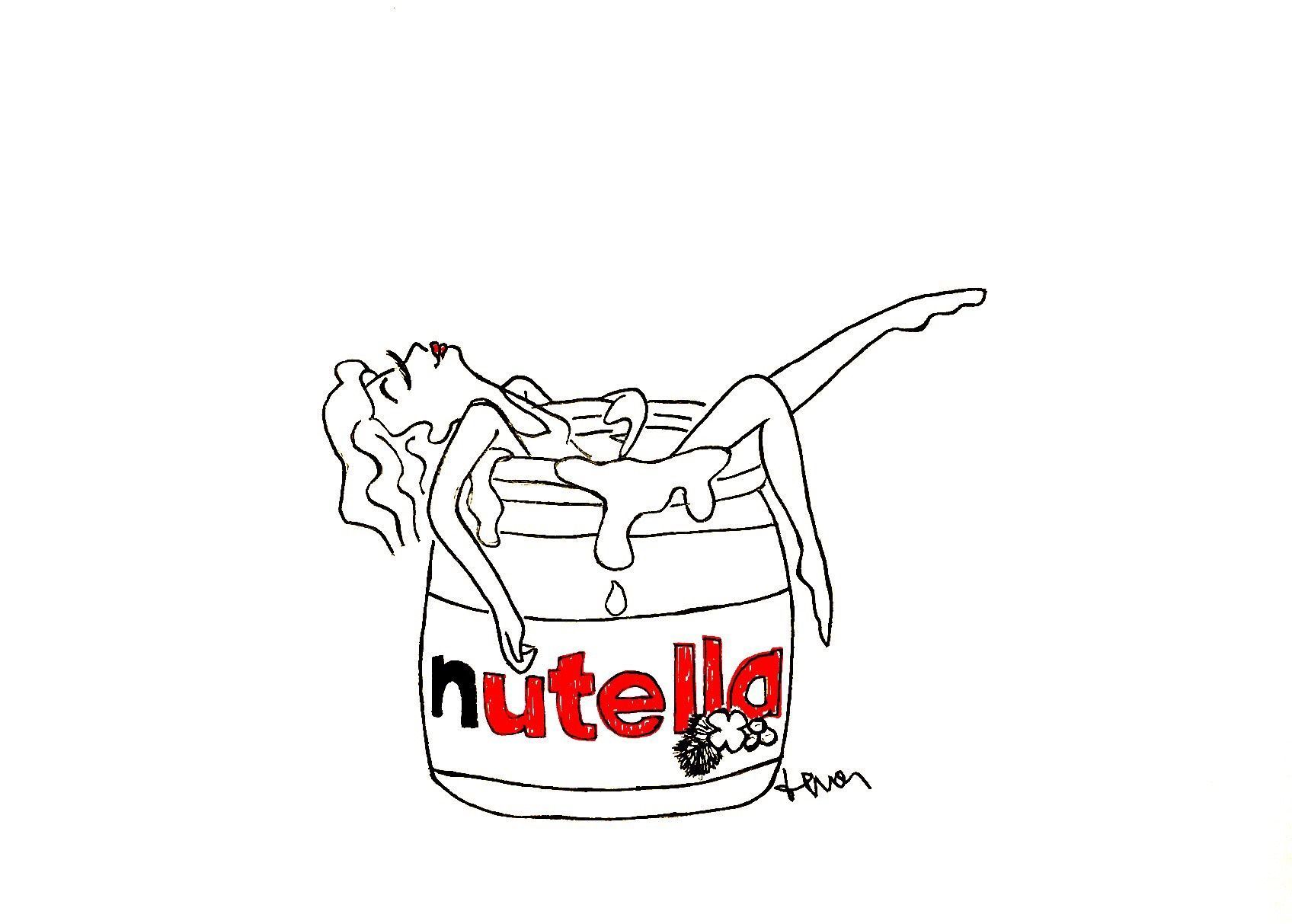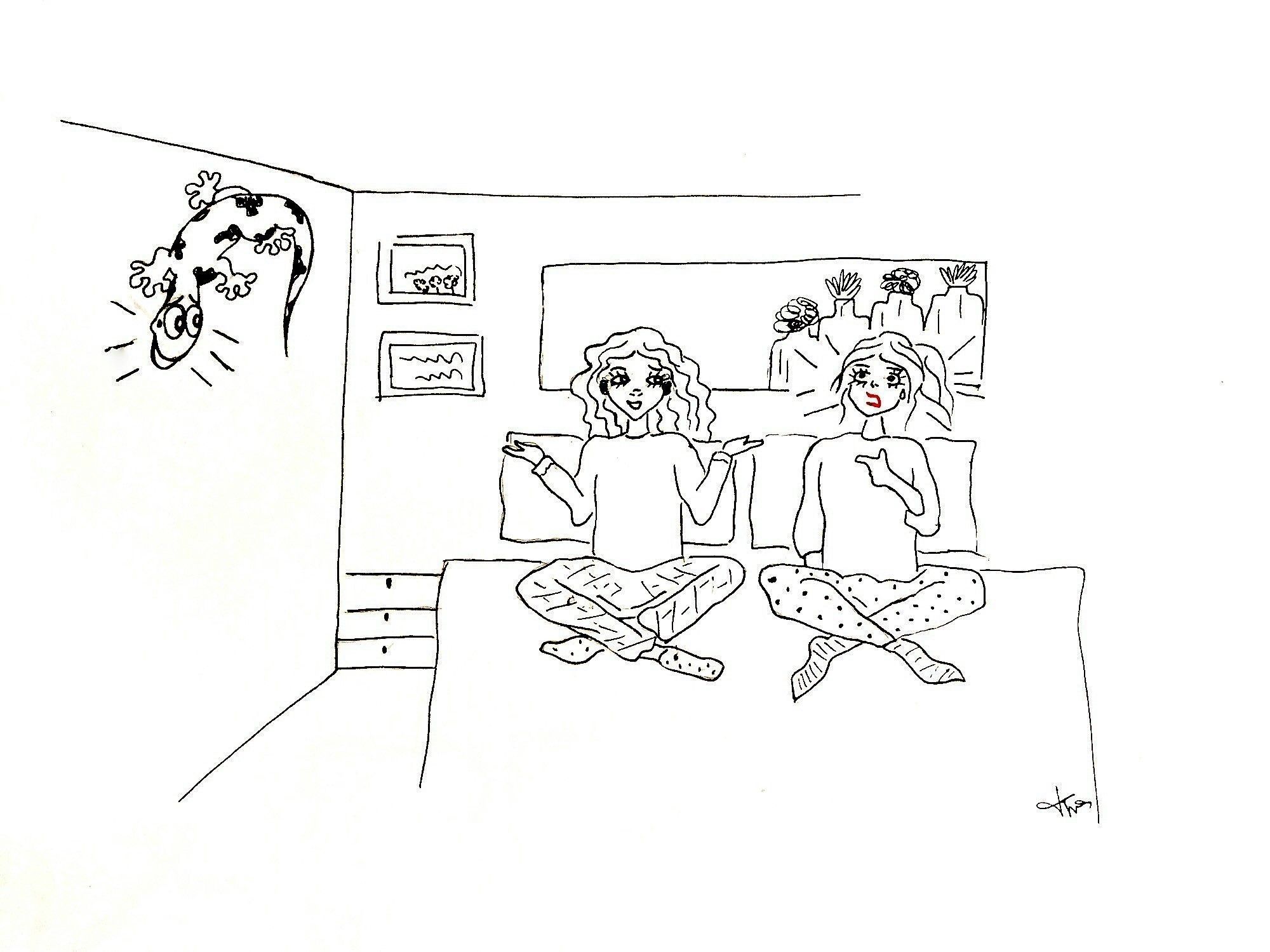E’ il 1982 quando Scott Fahlman, un importante informatico statunitense, si accorge che per scrivere un commento ironico senza essere fraintesi, è necessario aggiungere un simbolo sorridente: una componente extra-verbale che suggerisce un’emozione rappresentata da un’icona. E quando vuoi esprimere un concetto e fare in modo che sia riconosciuto alla velocità della luce, usi l’inglese, fondi le parole emotion – emozione – e icon – icona – e ne esce una terza che si chiama emoticon: una faccina stlizzata che riproduce un’espressione di un determinato stato d’animo. Passano 25 anni, la tecnologia si evolve rendendo tutto più rapido e Chris Messina, un avvocato di San Francisco, intuisce che le cose non devono essere solo capite, ma anche scritte al volo, attraverso parole chiave che sintetizzano un pensiero. E quando vuoi esprimere un concetto e fare in modo che sia riconosciuto alla velocità della luce, usi l’inglese, fondi le parole hash – cancelletto – e tag – etichetta – e ne esce una terza che si chiama hashtag: una parola o un insieme di parole, preceduti dal simbolo cancelletto, con lo scopo di classificare un argomento, un interesse, un comportamento. Come sempre succede, a rendere famosa una nuova trovata non è quasi mai il povero diavolo che se l’è inventata, ma qualcuno con un ego gigantesco che inizia ad usarla creando una moda e l’hashtag deve la sua celebrità a Nate Ritter, un tizio con un profilo Twitter molto seguito, che, nel 2007 mentre San Diego va a fuoco, posta sul social network il primo della storia: “#sandiegofire”. Passano altri 8 anni ed Enrica Alessi, una fan accanita di Jim Carrey, non può fare a meno di notare che una faccia espressiva vale più di mille parole, specie in quelle situazioni in cui rimani spiazzato e non riesci a trovare la frase giusta per esprimere quello che vorresti senza poi dovertene pentire. E’ una questione di “etichetta” e l’hashtag, che di fatto lo è, se è intesa come diminutivo di etica con cui si giudica cosa è giusto o moralmente corretto, diventa l’etica “minore”, il galateo corrente applicato ai piccoli problemi della vita di ogni giorno. E quando vuoi esprimere un concetto e fare in modo che sia riconosciuto alla velocità della luce, usi l’inglese, fondi le parole emoticon e hashtag e ne esce una terza che si chiama emotagon: una faccina stlizzata che riproduce un’espressione di un determinato stato d’animo abbinata ad una parola chiave che sintetizza un pensiero. Come sempre succede, a rendere famosa una nuova trovata non è quasi mai il povero diavolo che se l’è inventata, ma almeno dovevo provarci e l’ho fatto col video di oggi. Buona visione.
It was 1982 when Scott Fahlman, an important American IT expert, noticed that in order to write an ironic comment without being misunderstood, it was necessary to add a smiling symbol: an extra-word component that suggests an emotion symbolised by an icon. And when you want to express a concept and be sure that it will be immediately recognised, you must use English, merging the wordsemotion and icon and a new one called emoticon is created: a stylised face reproducing the expression of a determined state of mind. 25 years have passed, technology evolves making everything quick and Chris Messina, a lawyer from San Francisco, has the intuition that things must be not only immediately understood but also immediately written down via key words able to summarise a thought. And when you want to express a concept and be sure that it will be immediately recognised, you use English, merging the words hash and tag and a new one called hashtag is created: a word or a short phrase preceded by a hash that can classify a topic, an interest, a behaviour. As it always happens, a new idea is never brought to fame by the poor chap who has invented it but by someone with a huge ego and who starts to use it creating a fashion. The hashtag owes its celebrity to Nate Ritter, a guy who had a Twitter profile with loads of followers who in 2007, while San Diego was on fire, posted on the social network the first hashtag in history:“#sandiegofire”. Other 8 years have passed since then and Enrica Alessi, a Jim Carrey super fan, can’t help noticing that an expressive face counts more than thousands of words, in particular when you can’t find the right words to express your thoughts without regretting it. It’s a question of “good manners” and the “hashtag” is the case especially if intended as an ethical comment stating what is right and what is wrong, a “minor” kind of ethics applied to our small everyday issues. And when you want to express a concept and be sure that it will be immediately recognised, you must use English, merging the words emoticon and hashtag and a new one called emotagon is created: a stylised face reproducing the expression of a determined state of mind associated with a key word that summarises a thought. And as it always happens, a new idea is never brought to fame by the poor chap who has invented it but I had to give it a try at least and I did it with my today’s video. Enjoy.







